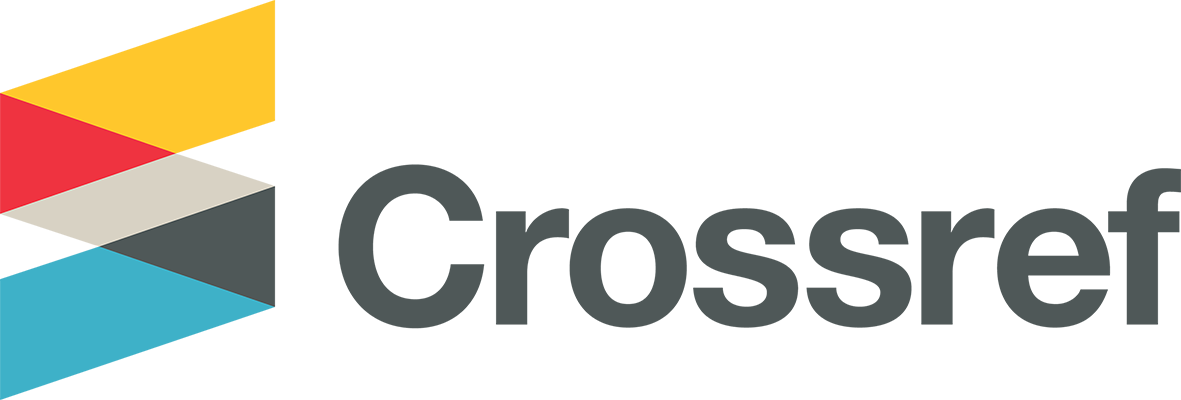KAJIAN PENERAPAN MODUL AJAR PEMBUATAN MAHAR SISWA KELAS XI TATA KECANTIKAN KULIT DAN RAMBUT DI SMK NEGERI 3 BLITAR
DOI:
https://doi.org/10.26740/jtr.v9n3.35413Abstract
Abstrak
Modul ajar merupakan media pembelajaran bagi siswa yang wajib ada untuk sebuah pembelajaran, dan sebagai acuan pendidik dalam memberikan materi pelajaran. Berdasarkan observasi dikelas XI tata kecantikan rambut dan kulit SMKN 3 Blitar. Modul yang dipakai mata pelajaran produk kreatif dan kewirausahaan di SMKN 3 Blitar masih memakai modul bersifat umum yang di terapkan oleh seluruh SMK lainnya. Modul yang dipakai belum memenuhi kebutuhan pembelajaran dengan tidak adanya materi yang berkaitan dengan pembahas khusus tentang pembuatan produk seperti mahar, hantaran, souvenir, dan sebagainya. Dengan belum adanya modul khusus yang membahas tentang kompetensi dasar tersebut juga mempengaruhi belajar siswa dalam kreatifitasnya, kurang aktif dalam pembelajaran dan kurang memahami praktek membuat mahar dalam mata pelajaran produk kreatif dan kewirausahaan. Sehingga mempengaruhi juga pada hasil belajar siswa. Siswa mendapatkan nilai rata-ratanya kurang dari KKM (Kriteria Ketuntasan Minimal), nilai KKM siswa didalam mata Pelajaran tersebut adalah 78. Selain itu juga konsekuensi yang harus diterapkan dikurikulum tingkat satuan pendidikan berbasis kompetensi disekolah, mempersyaratkan penggunanan modul dalam pelaksanaan pembelajarannya.Penelitian ini bertujuan untuk mengkaji literatur tentang penerapan modul ajar terhadap kreatifitas dan hasil belajar siswa. Analisis penelitian menggunakan prosedur penelitian studi pustaka, dengan jenis penelitian yang di telusuri dengan penelusuran studi literatut berupa artikel jurnal yang dapat di pertanggung jawabkan, keakurat dan kerelevanannya. Hasil dari kajian literature atau pustaka menyatakan bahwa penerapan modul ajar sangat berpengaruh terhadap hasil belajar siswa. Hal tersebut dikarenakan terlihat dari banyaknya kajian teori dan studi literatur yang sudah dilakukan berhasil dalam meningkatnya kreatifitas dan hasil belajar siswa.
Kata Kunci: Penerapan, modul ajar, mahar
Abstract
The teaching module is a learning medium for students that must be available for learning activities, and as a reference for the educators in providing subject matter. Based on observations in class XI hair and skin beauty design at SMKN 3 Blitar. The Modules which used in the subjects of creative and entrepreneurial products in SMK 3 Blitar still using a general modules which are applied by all other Vocational school. The modules which used do not in line with the learning needs and lack of material relating to special discussants on the manufacture of products such as about the dowry, delivery, souvenirs, and so on. In the lack of information in the module that discusses the basic competencies also affect in the students less of creativity, less active in learning and less understanding the practice of making dowry in subjects of creative and entrepreneurial products. Therefore, its also affects on students learning outcomes. The students got an average score less than KKM (Minimum completeness criteria), the KKM score of students in these subjects is 78. In addition, the consequences that must be applied in the curriculum level of competency-based education units in schools, require the use of modules in the implementation of learning. This research aims to review the literature on the application of teaching modules to students creativity and learning outcomes. Research analysis using literature study research procedures, with the type of research traced by literature study in the form of journal articles that can be accounted for, their accuracy and relevance. The results of the literature study state that the application of teaching modules give big impact on the students learning outcomes. It can be seen from the many theoretical studies and literature studies that have been carried out successfully in increasing students creativity and learning outcomes.
Keywords: Implementation, teaching module, dowry
Downloads
Downloads
Published
How to Cite
Issue
Section
 Abstract views: 235
,
Abstract views: 235
, PDF Downloads: 236
PDF Downloads: 236









